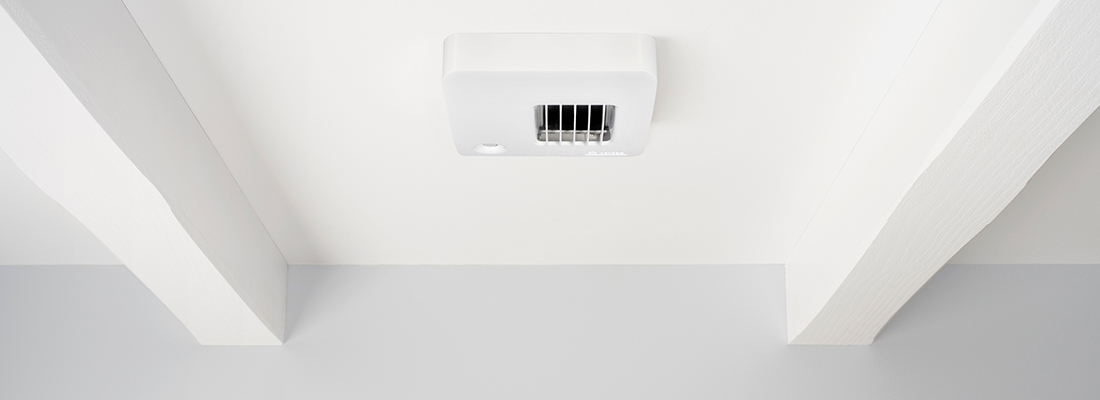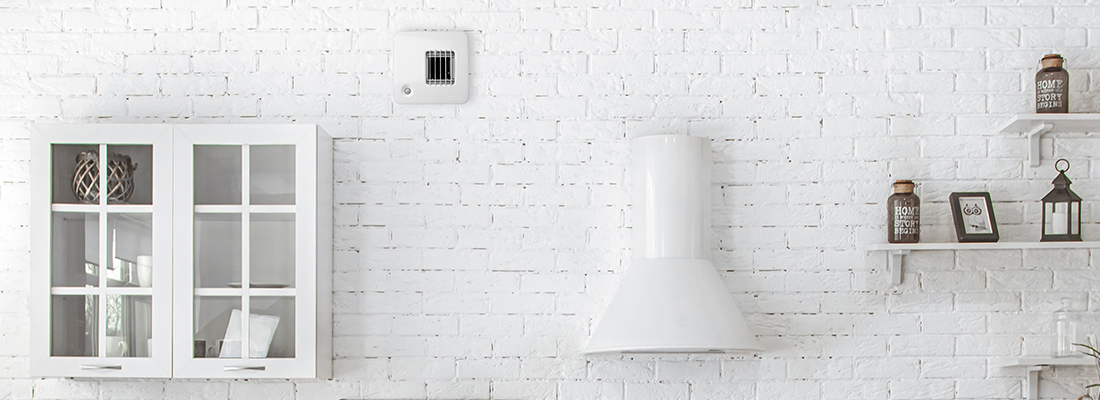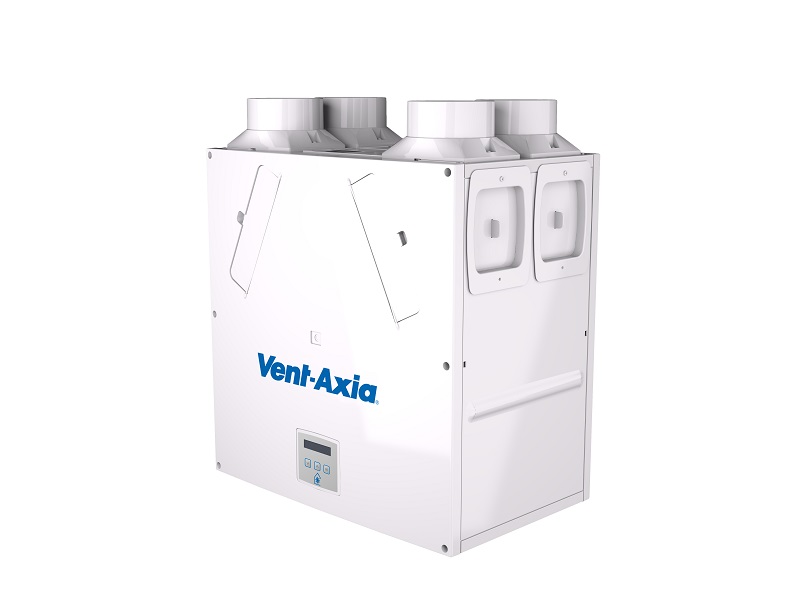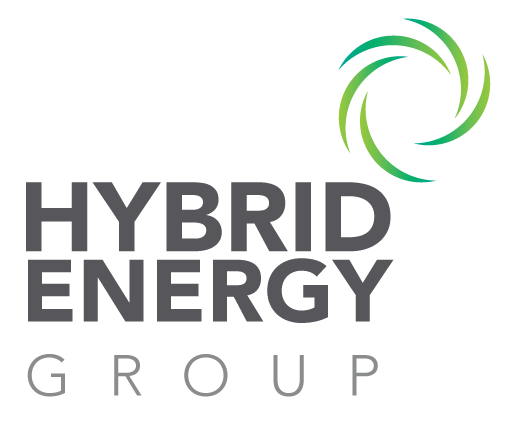Demand Control Ventilation by Aereco
Ventilation is one of the most important aspects of a home, ensuring indoor air quality that is sufficient for all inhabitants, essential during periods of covid highs, reducing the spread of the virus.
The concept of demand controlled ventilation rests on the principle of providing occupants with the right amount of fresh air, when they need it, where this is useful. With intelligent airflow management (included demand controlled ventilation), energy savings are made on every occasion that the need for ventilation is low or null, which can represent more than half the time. On the other hand, activities which emit indoor air pollution such as food preparation in a kitchen, a shower, generates a need for a greater ventilation to remove the pollution quickly.


Why should you install Demand Control Ventilation?
Better Air renewal for greater comfort
By providing the most ventilation for the places that need it most (kitchen, bathroom), Aereco’s demand controlled ventilation systems largely contribute to improving air quality in dwellings. When a main room is occupied, its relative humidity increases; the air inlets then open more to increase airflow and better evacuate stale air. Activity in wet rooms (kitchen, bathroom, toilets, etc.) is accompanied by water vapour emissions; the opening of the exhaust unit increases with the relative humidity, increasing the airflow and so evacuating polluted air more rapidly.
Protection against moisture
The higher relative humidity generated by breathing and human activity in the kitchen or shower, for example, can lead to destructive condensation, in which moulds can grow. When the relative humidity increases dangerously, humidity sensitive exhaust units open quickly to evacuate excess moisture and eliminate the risk of condensation.
Reduced and controlled heating consumption
Ventilation is often held responsible for a large share of the thermal losses in a dwelling, sometimes as much as 50 %. While this is true of the majority of traditional ventilation processes, Aereco systems preserve heat in less occupied rooms and dwellings by automatically reducing the airflow.
In addition to combining indoor air quality and energy savings optimisation, demand controlled ventilation demonstrates many indirect benefits resulting from the reduction of average airflow:
- Reduced average power consumption of the demand controlled exhaust fan
- Less clogging of filters, air ducts and terminals
- Increased life of demand controlled exhaust fans
- Greater availability of pressure and airflow for terminals
- Reduced size of air ductwork to gain on valuable floor space
How Does it Work?
By offering airflow adapted moment-by-moment to occupants’ needs, Aereco demand controlled ventilation systems reduce thermal losses due to ventilation, improve indoor air quality and limit moisture problems, to answer the following questions:
Intelligent airflow distribution inside the dwelling
The Aereco demand controlled ventilation system optimises air distribution within the dwelling: thanks to the humidity sensitive air inlets, it directs the most air to the rooms that need it most. In this way, the system limits heat losses in unoccupied rooms and provides good ventilation where it is needed. The same principle is used at the exhaust through demand controlled exhaust units.

Hybrid Energy Group provide a full ventilation service for homes, offering a free consultation with our experienced team to discuss the best option for you.

Mechanical Heat Recovery
The Vent-Axia through-the-wall range of heat recovery ventilation is a whole home ventilation system that supplies and extracts air continuously at a low rate with the facility to be boosted as required.
The unit is normally installed in the attic space or cupboard and rigid ducting supplies fresh filtered air to the habitable rooms and extracts stale polluted air from the ‘wet’ rooms (kitchen, bathroom). Supply and extract diffusers are fitted to the ceilings and are adjusted to balance the system.
The unit incorporates a polymer heat exchanger that tempers the incoming air before it is delivered to the habitable rooms. The efficiency of the exchanger can vary from 70% to 95% heat recovery depending on whether it is of cross-flow or counter flow type, counter flow being the most efficient. Building Regulations are now calling for increased thermal efficiencies therefore the 95% heat exchanger is the best option.
The system can be controlled to boost speed when moisture is being generated by bathing or cooking either:
– Manually via single or multiple switches
– Automatically, typically via humidity or other sensors
These should be located in or near the wet rooms. Background ventilators in windows are not required with this system.
Benefits of Mechanical Heat Recovery Ventilation
- Up to 90% heat recovery
- Low energy usage
- Reduced energy bills
- Comfortable room temperature all year round
- Elimination of mould
- Healthy and Safe indoor air quality
- Help you achieve Part F 2019
- Essential for Passive House Certification
- Tailored for you and your homes needs

